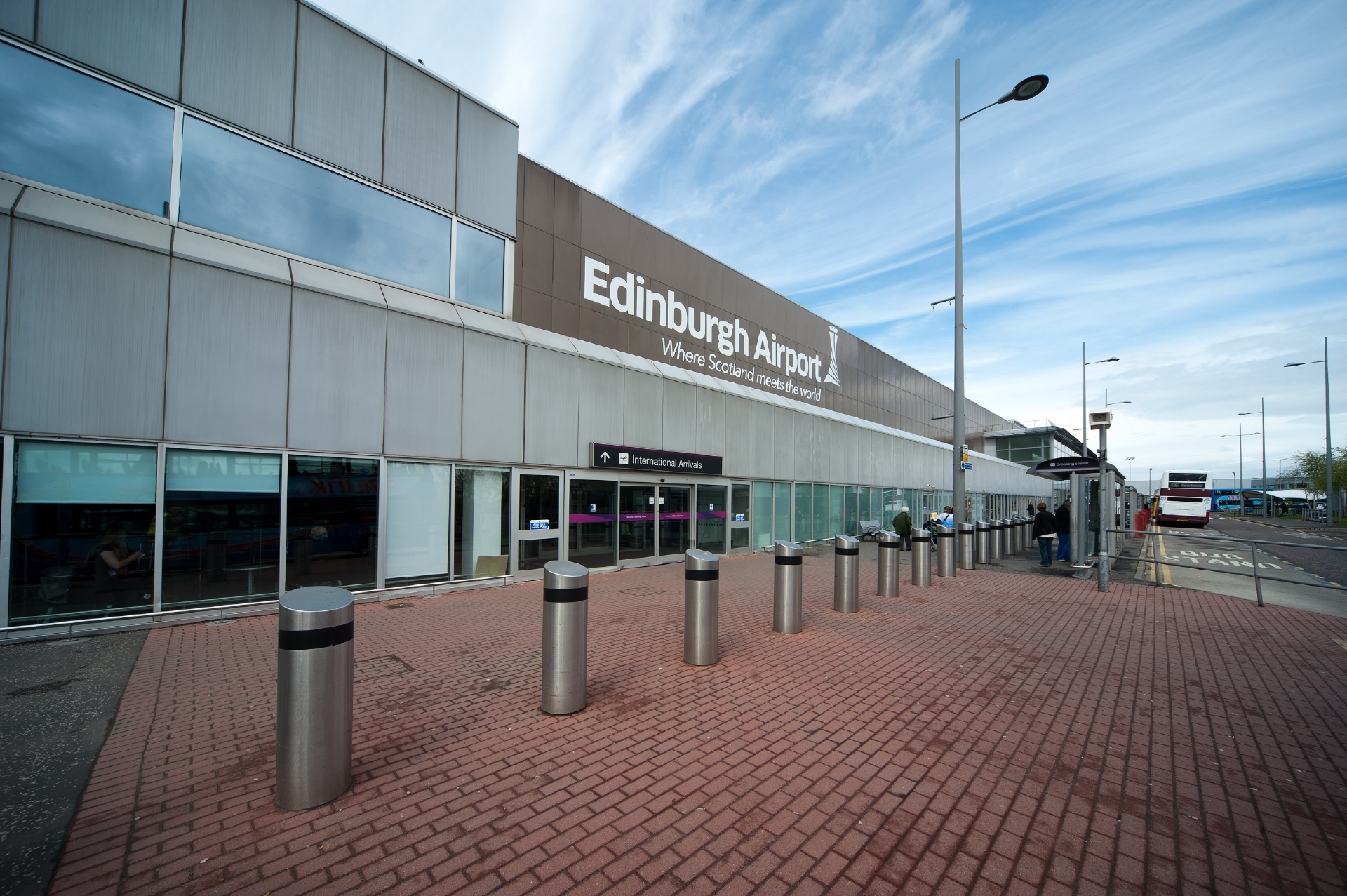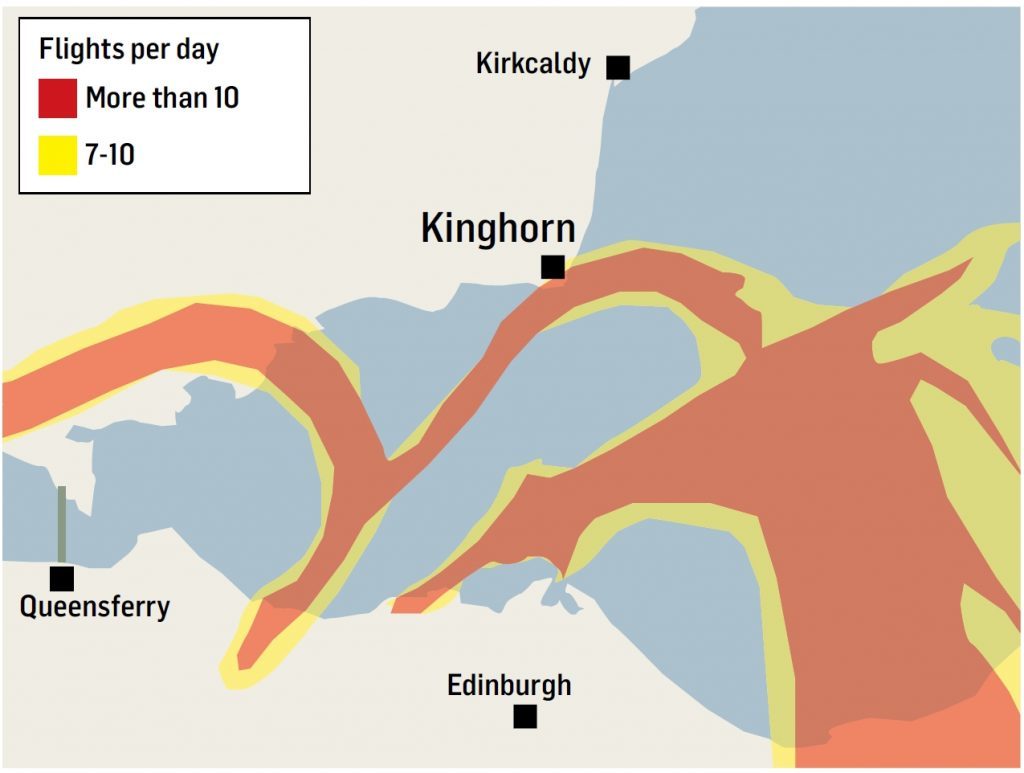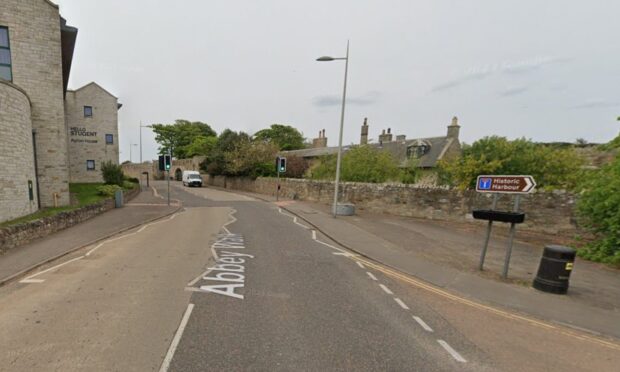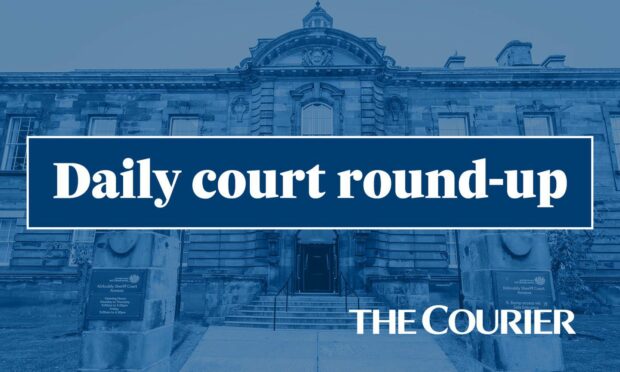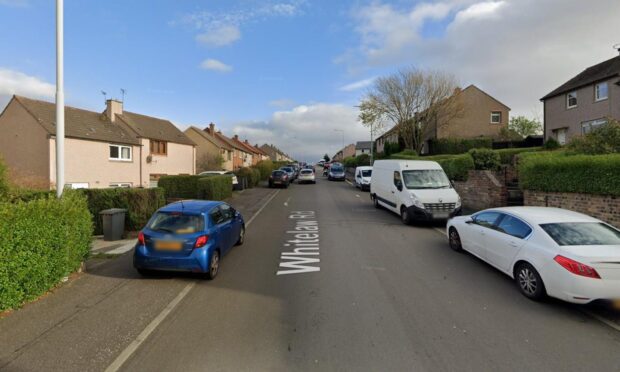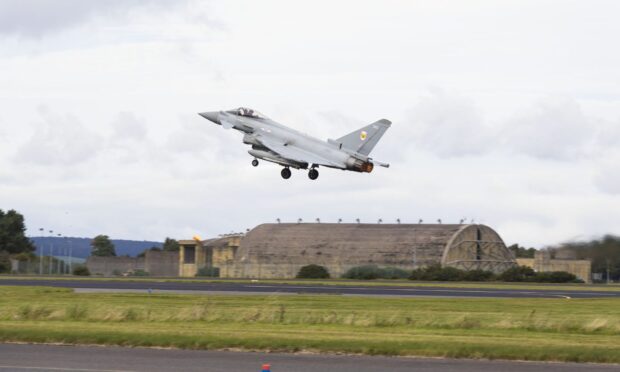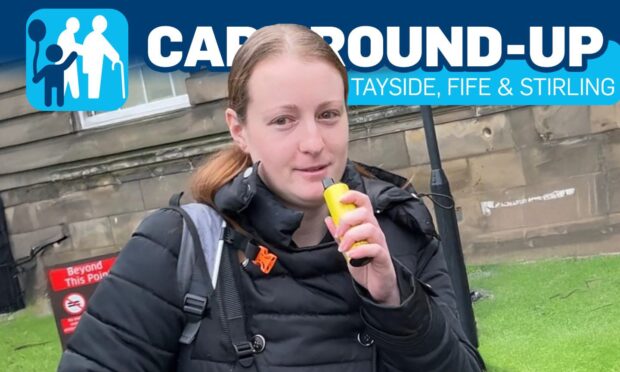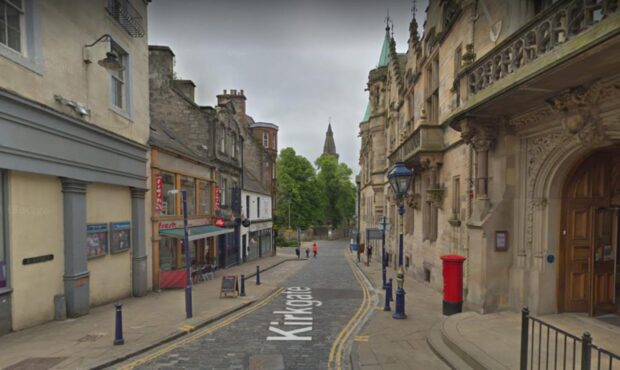Airport bosses have insisted they will listen to fears over proposed flight path changes after more than a quarter of responses to a consultation on the issue came from concerned Fifers.
Almost 4,000 responses were received over Edinburgh Airport’s proposals for airspace redesign following an extensive engagement programme which included 23 community drop-in and town hall sessions.
A new report on the second consultation on the airport’s Airspace Change Programme has now been published, detailing who responded, where they were and what they said, and the details are expected to help shape Edinburgh Airport’s proposals and recommendations to the Civil Aviation Authority (CAA) later this summer.
But it’s clear that there is a huge strength of feeling in Fife over what’s planned in the skies above the kingdom, with Fife representing 28% of the total respondents.
A total of 1,085 individuals, eight organisations and three officials from Fife responded, ranging from Kinghorn to North Queensferry, second only to 1,579 individuals who are based in West Lothian.
And more than half of the comments (51%) originating from Fife were against the proposed changes, citing noise, a perceived lack of consultation, the impact on the environment and health and wellbeing, and flying times as among their bugbears.
Gordon Dewar, chief executive of Edinburgh Airport, said: “A change in Edinburgh’s airspace is much needed in order to follow the current modernisation of all airspace across the UK, as well as building capacity to meet current and future demand.
“But it must be balanced and managed in a way that benefits Edinburgh and Scotland as a whole and minimises the impact on local communities.
“That’s why the rich and informed conversations we’ve had have been so important – to inform, debate and scrutinise.
“We acknowledge that some mistakes have been made and they have been embarrassing for us, but we have learned from and rectified them.
“However, we are confident that they did not impair the overall completeness of the consultation; we have been open in identifying them and tenacious in our attempts to fix them.
“We have actively listened and had those discussions – full-blooded at times – to gain a greater understanding of the public’s view on these proposals, which was the key aim from this second consultation.
“We now have these views and will carefully consider them as we shape our final proposals to the CAA later this summer.
“I want to personally thank everyone who has engaged with and taken an interest in our Airspace Change Programme – it has enriched our understanding of your concerns and opinions about the options we set out, and I assure you that we have listened to you and your views loud and clear.”
While 51% of the Fife comments were negative, airport bosses will have been buoyed by the fact 25% were positive – with a further 24% deemed to have taken a neutral stance.
Most of the problems raised by individuals in Fife centred around the noise of aircraft, the impact on local communities and the environment, and air pollution.
Some also argued that the consultation was based on the 2011 Census, and therefore did not take into account new house-building in west Fife.
There were complaints about a lack of consultation in the likes of North Queensferry, where it was claimed there had been no meetings set up or even basic information – such as expected flight frequencies, flight heights, noise levels and health implications – provided.
Here are the outcomes in relation to Fife:
Sentiment expressed:
Positive – 25%
Negative – 51%
Neutral – 24%
Number of positive comments:
Minimal population impact – 443
Happy with your decision – 295
Sparsely populated area – 180
Minimal environmental impact – 56
More choice of flights – 28
Economic growth – 20
Lower costs – 12
Tourism – 11
Consultation was positive – 10
Creates jobs – 6
More leisure – 2
Increased trade – 2
Number of negative comments:
Noise – 1117
Consultation – 689
Environment – 518
Health and wellbeing – 380
Time of flying – 314
Route issues – 284
Impact on local communities/environments – 259
Property – 196
Operational issues – 140
No need – 140
Survey process – 88
Schooling issues – 21
Political – 5
